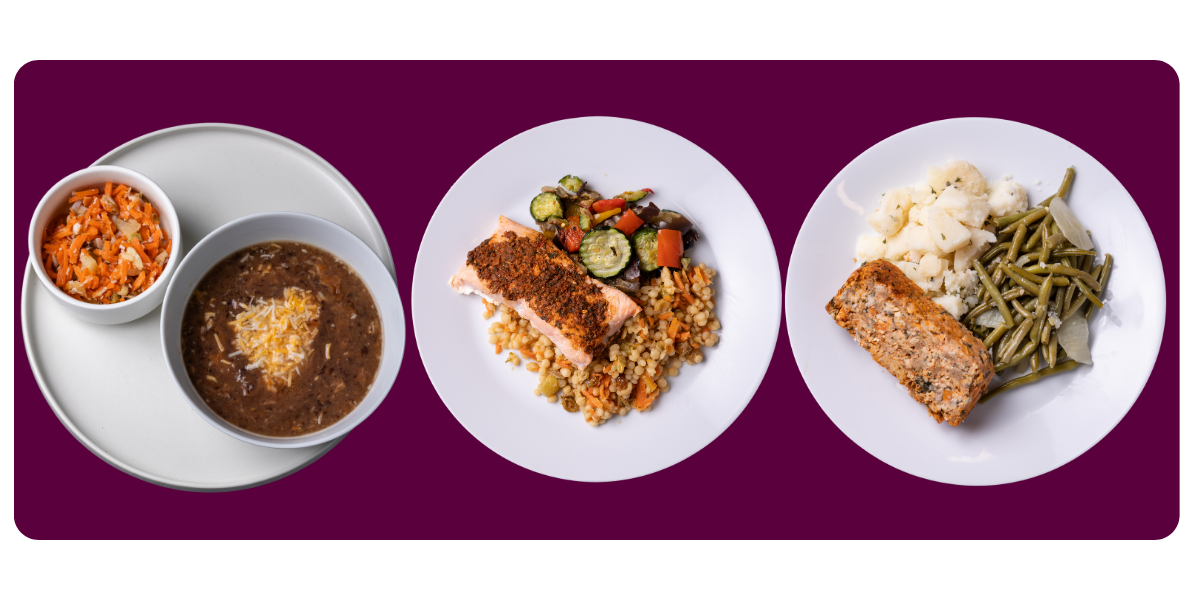While stuck in Atlanta traffic, you notice a dull throb on the right side of your temple. As you arrive home, your eye begins to twitch—perhaps it’s a result of staying up late binge-watching Love is Blind. As you approach the front porch, the strong scent of your wife’s roasted Brussels sprouts wafts through the front door. While Brussels are potent, you realize your sense of smell has sharpened. As you finally settle into the living room, that discomfort transforms into a piercing, dagger-like pain. You rush to the medicine cabinet for a hefty dose of acetaminophen, chased down with a refreshing gulp of caffeinated cola. But it's too late; your evening ends in nausea, vomiting, and exhaustion. You anxiously contemplate calling out of work again... thanks to those pesky migraine attacks.
Migraine: More Than Just a Headache
According to the American Migraine Foundation, migraine affects 39 million people in the United States and 1 billion worldwide. It’s important to recognize that the correct terminology is not “he has migraines,” but rather “he has migraine,” “he has migraine attacks,” or “he lives with migraine.” This shift in language highlights that migraine is a chronic neurological disease marked by invisible symptoms, which can lead to a lack of understanding from those who do not experience it.
Symptoms and complications of migraine may include:
- Anxiety
- Depression
- Sleep disruption
- Fatigue
- Nausea
- Sensitivity to light and sound
- Chills
- Mood shifts
- Difficulty concentrating
How Can Nutrition Be Of Support?
The University of Cincinnati Gardner Neuroscience Institute reports that at least 50% of people who have migraine cite a food trigger. Because migraine is a disease with many contributing factors including diet, stress, sleep, hormones, and hydration; trying to pinpoint specific foods that trigger or prevent migraine attacks can be complicated. If you decide to include or restrict any of the following foods and beverages, be sure to maintain a symptom diary to help identify any potential connections.
May Be Safe or Neutral:
Omega-3 Fatty Acids
- A 2024 research study found high dose supplementation of omega-3 fatty acids (specifically eicosapentaenoic acid [EPA] and docosahexaenoic acid [DHA]) surpassed prescription medications at improving migraine frequency and severity. Similar results were also reported when participants administered a combination of medication and omega-3 fatty acid supplementation. Omega-3 fatty acid address migraine attack triggers including neuroinflammation (inflammation within the brain), reduced levels of serotonin and dopamine (feel good hormones), and cerebral vasodilation (the widening of blood vessels in the brain).
- Consult with your health care provider before choosing to supplement, and focus on incorporating these dietary sources of omega-3 fatty acids (EPA and DHA listed)
- salmon
- sardines
- mackerel
- rainbow trout
- oysters
- sea bass
- shrimp
- lobster
- tuna
- tilapia
- scallops
- cod
- tuna eggs
- chicken breast
Magnesium
- A 2021 research study found that a combination of dietary magnesium with supplements decreased the frequency of migraine attacks.
- 400-600 milligrams of magnesium oxide tablets or 1-2 grams magnesium sulfate administered intravenously (through the veins) have been the most effective, with minimal side effects. Please remember to seek support from your healthcare provider before incorporating into your routine.
- Magnesium addresses migraine attack triggers and symptoms including blood flow, pain-releasing brain chemicals, and aura (blind spots, numbness, tingling, confusion, and difficulty speaking).
- Dietary magnesium sources include:
- chia seeds
- almonds
- pumpkin seeds
- spinach
- cashews
- soymilk
- black beans
- peanut butter
- edamame
- potato, with skin
- brown rice
- yogurt
- kidney beans
- banana
- salmon
- milk
- halibut
- raisins
- whole wheat bread
- avocado
- ground beef
May Be Triggering:
Red Wine
You may have been told: “A glass of wine a day...keeps the heart disease risk away”...Okay, okay, we made that up! Red wine is rich in antioxidants that can support heart health, but excessive red wine consumption can be harmful to the heart and brain. The University of Cincinnati reports that 29-36% of people who have migraine, say alcohol is a trigger for their attacks. Red wine has been reported to have the highest risk because:
- Quercetin, a natural plant compound, can prevent alcohol from being properly metabolized in the body. This leads to headaches and nausea. Other varieties of wine have less quercetin content.
- Reducing alcohol intake or using pain-relief medication prior to drinking can be effective strategies for minimizing attacks.
Caffeine
Caffeine (and alcohol) contributes to increased urination, which may result in dehydration. Dehydration can lead to nerve pressure in the brain, electrolyte imbalance, and decreased blood flow to the brain.
If you enjoy your daily cup of coffee, it's important to maintain a consistent intake. Since your body adapts to a specific level of caffeine, a sudden increase can pose potential risks!
Emergency Food Considerations (anecdotal evidence)
The following are considered by some to be a quick fix for a migraine attack. Please consult with your healthcare provider before implementing any new strategies.
Salt
Some swear by a large order of salty French fries when they feel an attack approaching. So, does salt really save the day? If your migraine is due to dehydration, eating a salty snack may replenish sodium that may have been lost. For a more balanced option, consider salted nuts or whole wheat crackers paired with cheese or fruit.
Electrolyte Drinks
Sports beverages are intended to rehydrate the body with water, glucose (sugar), sodium, potassium, and magnesium. This may resolve a dehydration-related migraine attack that rears its menacing head after excessive sweating, low fluid intake, diarrhea, vomiting, or fever. Click here to get a simple recipe for a homemade rehydration beverage.
Caffeine
Caffeine is used in some migraine medications due to its ability to constrict blood vessels in the brain that causes pressure and pain. As you can see, for some, caffeine is friend...for others, it’s foe...to make a decision, consider your individual experience, and you will know!
Every Small Step is a Victory
The key to managing migraine through nutrition lies in understanding your unique triggers and responses and making informed choices that align with your lifestyle and health needs. Remember, while dietary changes can be beneficial, they should complement other treatments and strategies recommended by healthcare professionals. It’s always a good idea to discuss any significant dietary adjustments with your doctor or a registered dietitian. Ultimately, managing migraine is a journey of self-discovery, patience, and resilience. By taking proactive steps and staying informed, you can find a path that helps you live more comfortably with migraine.
Consider stocking up on our meals that feature migraine-friendly ingredients to ensure proper nourishment during a migraine attack:
- Black Bean Soup
- Magnesium (black beans and raisins)
- Ginger Lime Salmon
- Omega-3 Fatty Acids (salmon)
- Magnesium (salmon, brown rice, and edamame)
- Classic Meatless Loaf
- Omega-3 Fatty Acids (egg)
- Magnesium (spinach, potatoes, and oats)

Until next time, may your journey toward understanding and managing migraine be filled with discovery and empowerment. Remember, every small step you take is a victory in itself. Stay kind to yourself and continue exploring the world of nutrition and wellness with curiosity and courage. Here’s to brighter, healthier days ahead!


